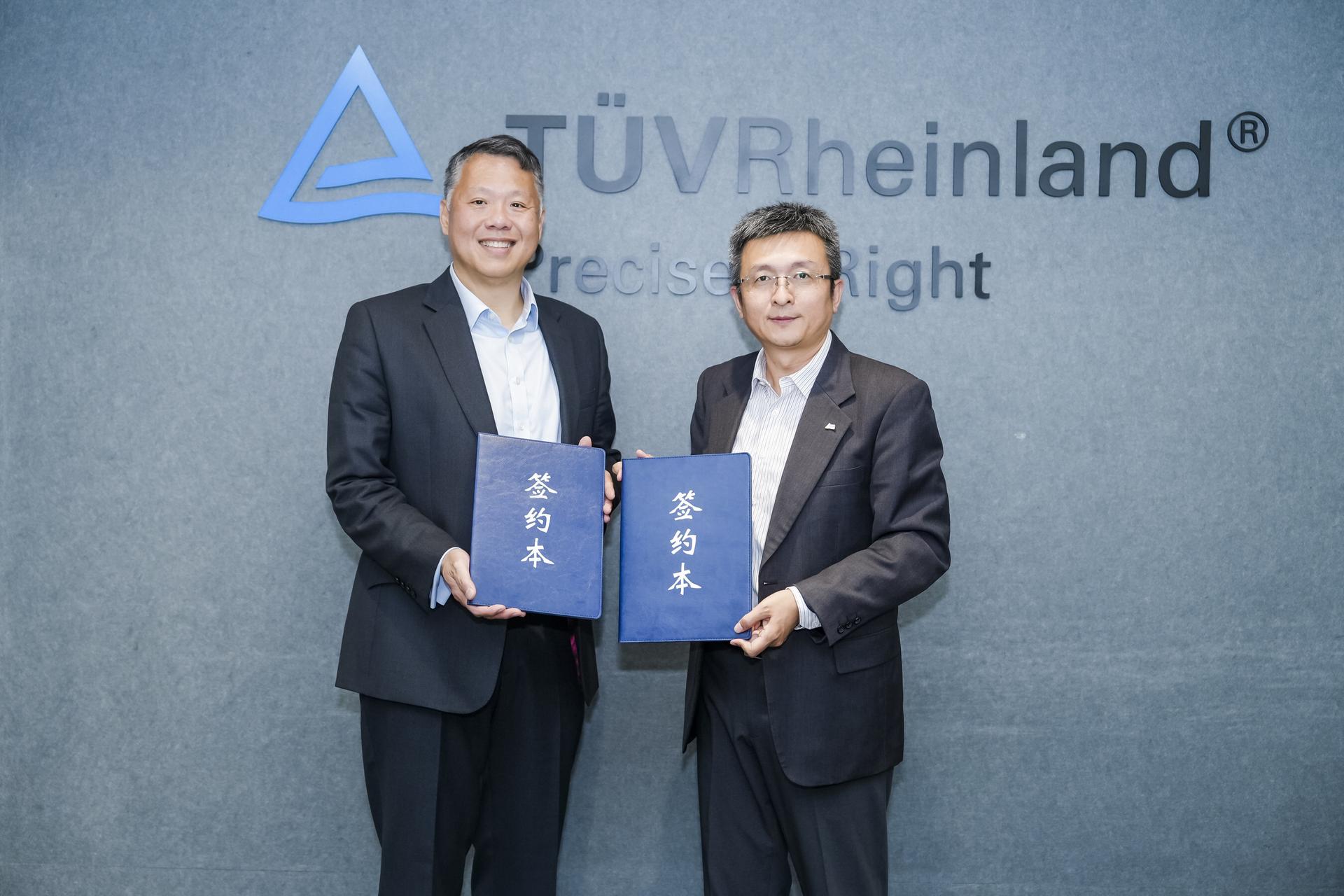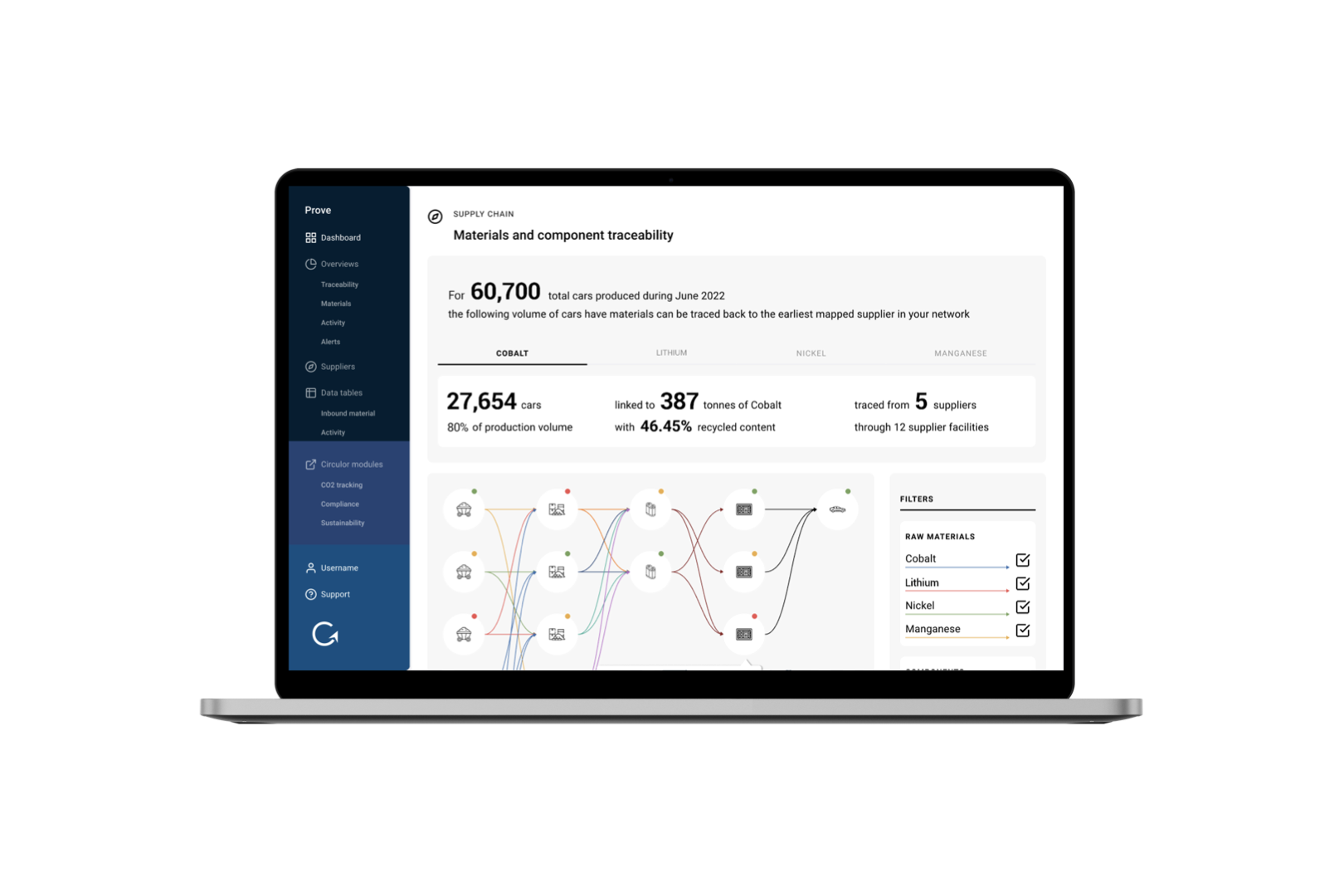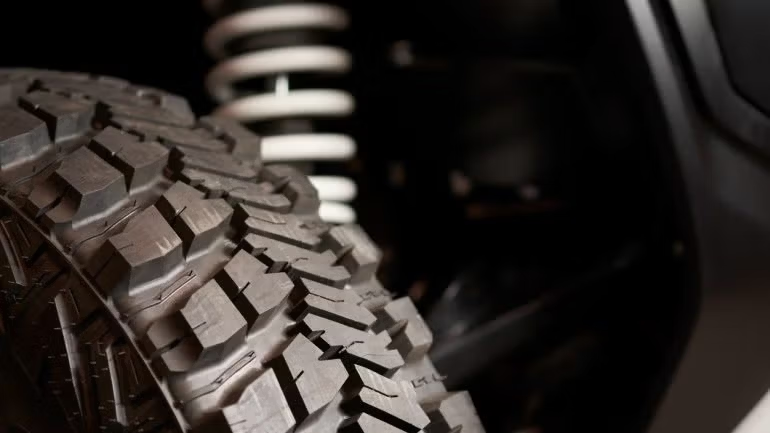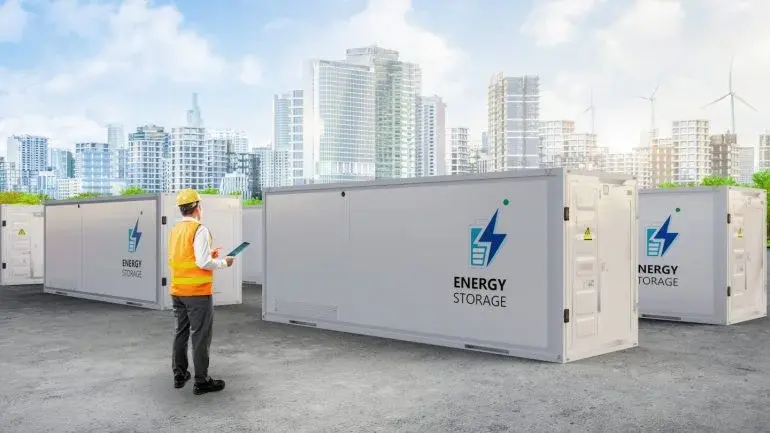Accelerate the Transition to a More Sustainable Future
Circulor's Battery Passport digitally tracks batteries through their entire life cycle, supporting second-life uses and boosting transparency.
What Is the Battery Passport?
1
A battery passport collects, stores and displays information about a battery’s product lifecycle.
2
It tells you everything you need to know about its manufacturing history, usage and end of life.
3
Linking batteries to digital supply chain data supports compliance, enables re-use and drives the circular economy.
What Are the Key Implementation Dates?
2023
Rules on collection, disposal and indicating a battery’s capacity
2024
December: Carbon footprint methodology released
2025
August: Comply with supply chain due diligence on social and environmental risk
December: Carbon footprint declaration with third party verification required
December: Minimal recycling efficiency of 65% for lithium-based batteries required
2026
August: Classification into carbon footprint performance classes required
2027
February: Battery passport come into effect with responsible sourcing, battery composition, recycled content, state of health performance, durability - marked with a QR code
December: Minimum levels of materials recovery (lithium 50%, nickel 90%, cobalt 90%, and copper 90%)
2028
February: Prove life cycle carbon footprint is below maximum thresholds
August: Declare share of recycled content for lithium, nickel, cobalt, and lead
2030
December: Minimum recycling efficiency of 70% for lithium-based batteries required
2031
August: Minimum levels of recycled content (lithium 6%, nickel 6%, cobalt 16%, and lead 85%)
December: Minimum levels of materials recovery (lithium 80%, nickel 95%, cobalt 95%, and copper 95%)
2036
August: Minimum levels of recycled content (lithium 12%, nickel 15%, cobalt 26%, and lead 85%)
Responsible Sourcing
Carbon Foodprint
Circularity / Recycling
Digital Reporting
Battery Passports: The Circulor Advantage
Network
Tap into the largest network of EV battery suppliers, manufacturers and other global players.

Speed
Get a head start and rapidly scale by leveraging over 2.5 billion existing traceability data points.
Policy Expertise
Navigate evolving battery regulations and sustainability standards with confidence thanks to our deep industry knowledge.
Third Party Neutrality
An independent partner, we provide audit-ready traceability data to back your claims.




![Acculon RA Circulor - website image.001[44].png](/_next/image?url=https%3A%2F%2Fdecisive-wonder-fa24533282.media.strapiapp.com%2FAcculon_RA_Circulor_website_image_001_44_2720fb315d.png&w=1920&q=75)





